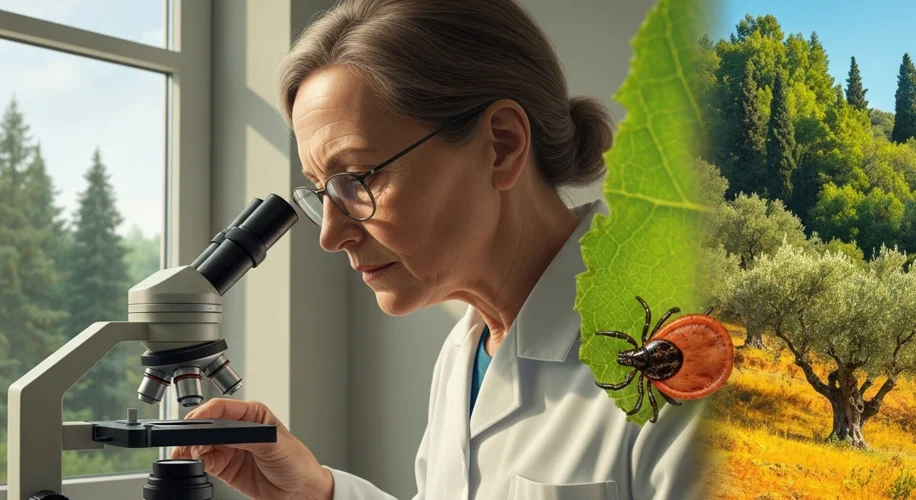Did you know that the warmer and more humid conditions we’re experiencing are creating a perfect breeding ground for ticks? As a climate scientist, I’ve been following the data, and it’s clear that our changing environment is having a direct impact on public health, especially concerning tick-borne illnesses like Lyme disease.
Think about it: ticks, the tiny arachnids responsible for spreading diseases like Lyme, Rocky Mountain spotted fever, and ehrlichiosis, are cold-blooded. This means their activity and reproduction rates are heavily influenced by temperature. When winters are milder and summers are longer and more humid, ticks are able to survive and reproduce for extended periods throughout the year.
What Does This Mean for Us?
It’s not just about slightly warmer days. These shifts in climate are expanding the geographic range where ticks can thrive. Areas that were once too cold for certain tick species are now becoming hospitable. This means people who may not have previously been at risk are now encountering ticks and facing potential disease exposure.
My research into urban heat islands, for example, highlights how even localized warming in cities can affect ecosystems. This principle extends to the spread of tick habitats. As temperatures rise and humidity increases in forests, grasslands, and even suburban backyards, ticks are finding more places to live and multiply.
Beyond Lyme Disease
While Lyme disease is the most well-known tick-borne illness, it’s not the only one. A warming climate can also impact the prevalence and spread of other diseases carried by ticks, such as anaplasmosis and babesiosis. The tick population isn’t just growing; it’s also carrying a wider array of pathogens into new regions.
Protecting Ourselves and Our Communities
As a scientist focused on environmental health, I believe understanding these connections is the first step toward effective public health strategies. This means:
- Increased Awareness: Knowing that tick season is extending and that ticks are present in new areas is crucial.
- Preventive Measures: We need to be more vigilant about using tick repellent, wearing protective clothing when outdoors, and checking ourselves, our children, and our pets for ticks after spending time in nature.
- Community Action: Supporting initiatives that track tick populations and educate the public about tick-borne diseases is vital. This is a challenge that affects us all, but by working together and staying informed, we can mitigate the risks.
This is a complex issue, but by connecting the dots between climate science and our daily health, we can make informed decisions to protect ourselves and our communities. It’s about adapting to our changing environment and ensuring our well-being in the face of new challenges.

